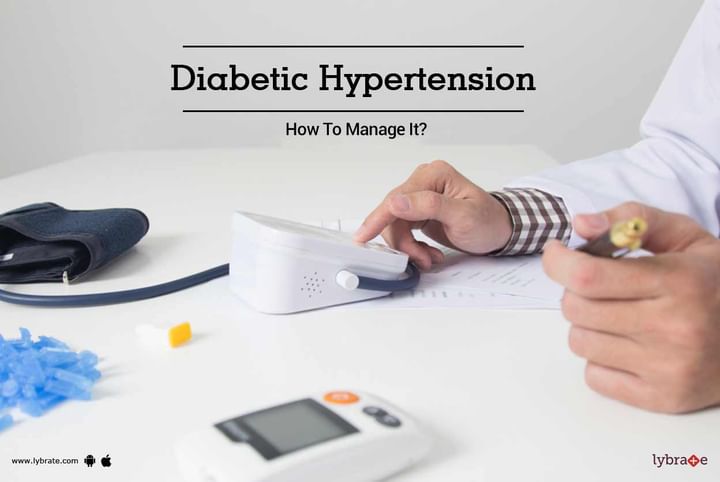Diabetic Hypertension - How To Manage It?
Hypertension is commonly witnessed among patients suffering from type 2 diabetes as compared to those who do not have diabetes. Studies have revealed that arterial hypertension among patients suffering from type 2 diabetes is in the vicinity of 40-50 per cent. What’s more, a patient suffering from hypertension and diabetes has an increased risk factor for certain other diseases such as left ventricular hypertrophy, dyslipidemia, elevated fibrinogen and hyperuricemia.
The measurement practice:
Blood pressure measurement should be repeated within a month if the measurement is 140/90 mm Hg.
Lifestyle practices:
If a person is consistently suffering from type 2 diabetes and has a BP range of 140-90 mm of Hg, the following lifestyle practices should be maintained always:
- A daily exercise schedule: Hypertension coupled with diabetes can be a dangerous combination. To ensure that a person remains healthy it is imperative to maintain a daily exercise schedule for at least half an hour. Exercise consumes extra calories and helps a person maintain a steady blood-sugar level.
- Food habits: Food habit is yet another important criterion to maintain good health for a person suffering from diabetic hypertension. Avoiding starch, glucose, and food with high carbs should be a mandate. Refraining from processed food with a high density of condensed fat, sugar and oil will go a long way in maintaining good health. Consulting a nutritionist is the best way to go.
- Stress is yet another factor that drives diabetic hypertension: A person suffering from regular stress has a greater tendency to fall prey to cardiovascular and renal diseases. The only way to stay away from stress is to ensure that good lifestyle choice are made. A stress -free life can pay rich dividends to a person suffering from diabetic hypertension.
Drug treatment:
A doctor’s first line of treatment hovers around ACE inhibitors. ACEis block the conversion of angiotensin I into angiotensin II by inhibition of ACE. The reduced levels of angiotensin II lead not only to a fall in blood pressure but also to a reduction of potential harmful effects of angiotensin II on the cardiovascular system, such as structural damage to the heart, blood vessels and kidneys.
In diabetic patients, combination treatment is usually needed to effectively lower BP, so the discussion of which medication to be used first is not always important. However, a blocker of the renin-angiotensin system (RAS) should almost invariably be included because of the evidence of its superior protective effects. Especially, in proteinuric diabetic nephropathy, RAS blockade is clearly indicated. So, for persons with cardiovascular or kidney disease, including microalbuminuria, or with cardiovascular risk factors in addition to diabetes and hypertension, an ACEi or ARB should be started.



+1.svg)
